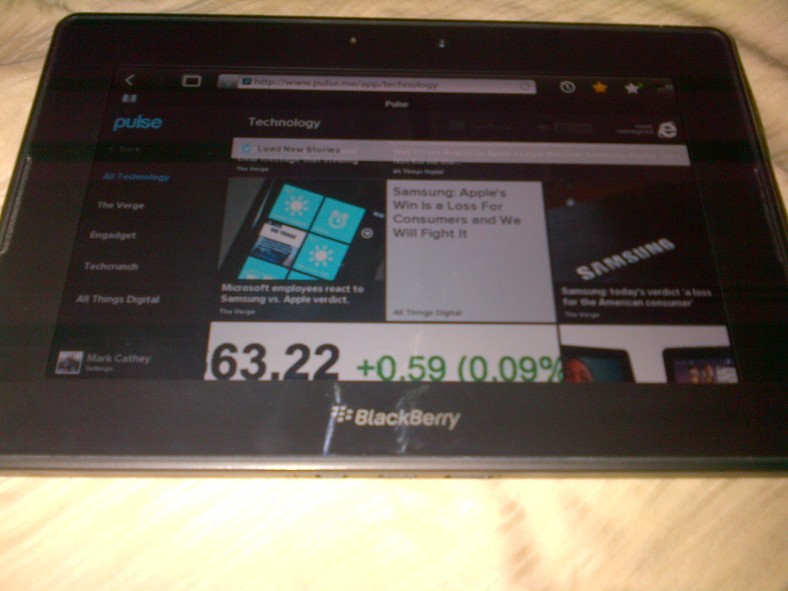
The WiFi Alliance is working on Tunneled Direct Link Setup (TDLS), which is a standard for creating direct links between devices.
This may make you think of just connecting to a WiFi network but there are a few things that TDLS will do like working in the background of a network to optimize performance, and it can even work over a WiFi Direct connection. What this means, for example, two devices can measure the signal strength on the network, and determine if a direct link would be a better connection or not.
TDLS allows devices to communicate at the fastest standard available (802.11b / g / n) etc. even if it is superior to what is available on the rest of your hardware of whatever the device you are using. Which really just means you will get the fastest connection available on your device. Also you won’t need to upgrade your access point either as this is a client-based protocol.
The certification is available to TVs, tablets, phones, cameras and gaming devices which really pushes the idea that this is to better video streaming on these devices. There are only a few company names right now that have test products with the official approval, these companies include names such as Broadcom, Marvell and Realtek. Below is the press release.
Press Release
Wi-Fi Alliance® now certifying Tunneled Direct Link Setup
Certified devices form higher-performance links to support video and other demanding applications.
AUSTIN, TX, August 23, 2012 – The Wi-Fi Alliance® today announced that it has launched the Wi-Fi CERTIFIED? TDLS program. TDLS (Tunneled Direct Link Setup) devices are able to automatically create a secure, direct link between them after accessing the Wi-Fi® network, removing the need to transmit data through the access point. In today’s Wi-Fi networks, faced with increased traffic and more demanding applications, TDLS links between devices improve overall network performance, reduce latency caused by heavy AP traffic, and avoid interference, thereby improving the user experience.
The new certification program will provide networks and users with the following benefits:
Increased performance: TDLS links optimize the performance of applications running over Wi-Fi networks by avoiding delays caused by queuing and congestion through an AP.
Ease of use: TDLS links are formed automatically, with no user action required to set them up.
Optimized communication: TDLS-linked devices are able to communicate using the highest-performance technology common to them, even if the network’s AP only supports a lower-bandwidth form of Wi-Fi.
Highest available security: TDLS links are protected by the highest level of security supported by both devices, even if the network’s AP does not support that level of security.
Power saving mechanisms: When battery-operated devices participate in a TDLS link, they can take advantage of advanced mechanisms to save power.
“The new TDLS certification program will improve the user experience with advanced applications such as media streaming, without requiring user intervention,” said Kelly Davis-Felner, marketing director of the Wi-Fi Alliance. “Wi-Fi CERTIFIED TDLS is another example of how Wi-Fi technology keeps pace with the evolving demands of the marketplace.”
The certification is only for client devices, such as tablets, handsets, notebooks, and consumer electronics. TDLS-certified devices can operate over Wi-Fi CERTIFIED n technology, as well as previous versions of Wi-Fi. It is not necessary to upgrade to a new AP in order to benefit from TDLS features. TDLS-certified devices are suitable for use in both enterprise and consumer networks.
Although TDLS forms a direct link between two client devices, TDLS is not the same as, nor does it replace, Wi-Fi CERTIFIED Wi-Fi Direct?. TDLS operates in the background of a Wi-Fi network to optimize performance, while Wi-Fi Direct-certified devices can quickly connect to one another while on the go, even when a Wi-Fi network is unavailable. Many devices will be certified for both solutions and use them in different situations.
The first products to be designated Wi-Fi CERTIFIED TDLS, and which form the test suite for the certification program, are:
Broadcom® Dual-Band 11n Half MiniPCI
Marvell® Avastar® 88W8787 Wireless Chipset
Ralink® 802.11 a/b/g/n Dual Band Station
Realtek® 2X2 a/b/g/n miniCard Reference Design.
More information on Wi-Fi CERTIFIED programs, a list of Wi-Fi CERTIFIED products, technical specifications, white papers, and more is available at www.wi-fi.org













